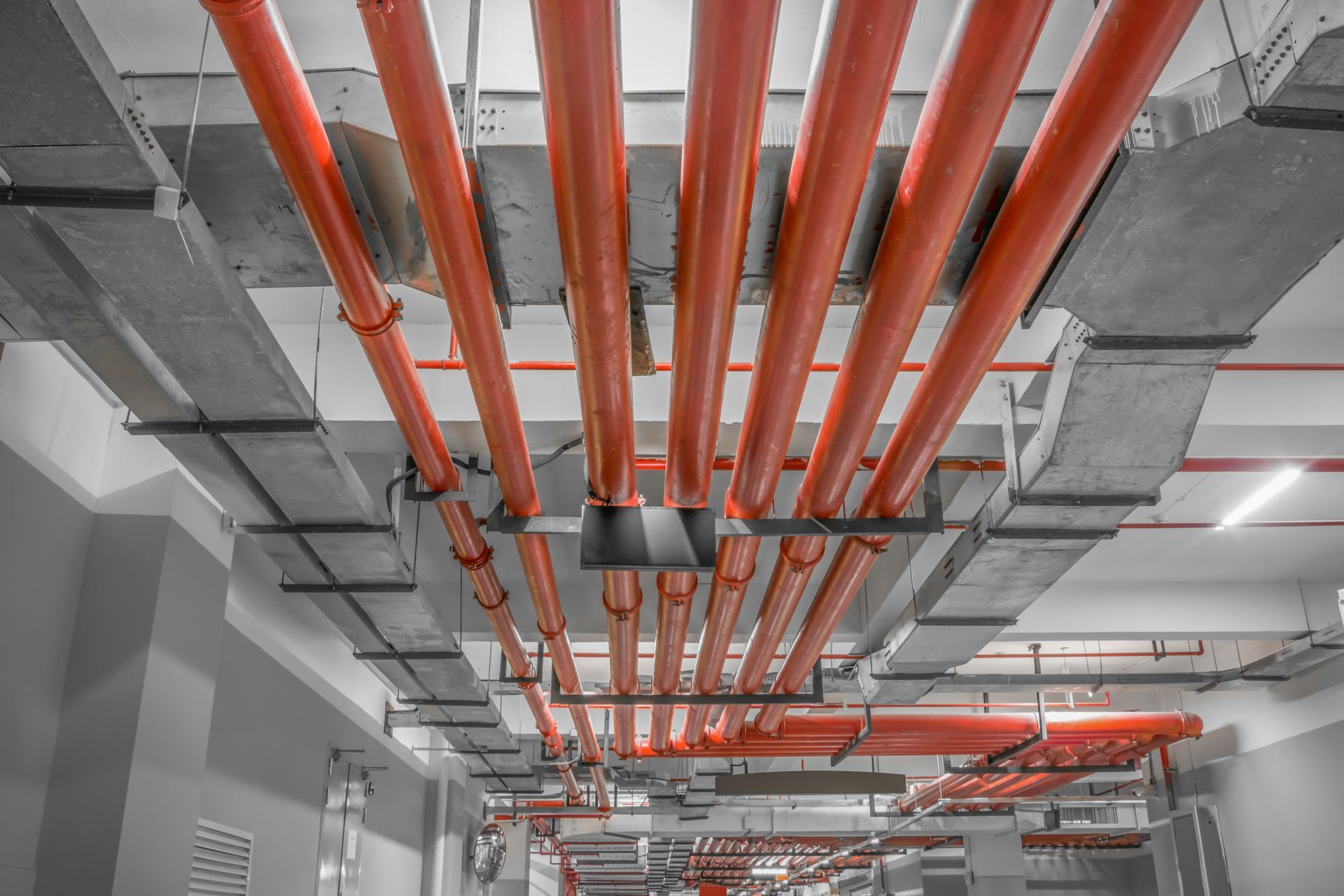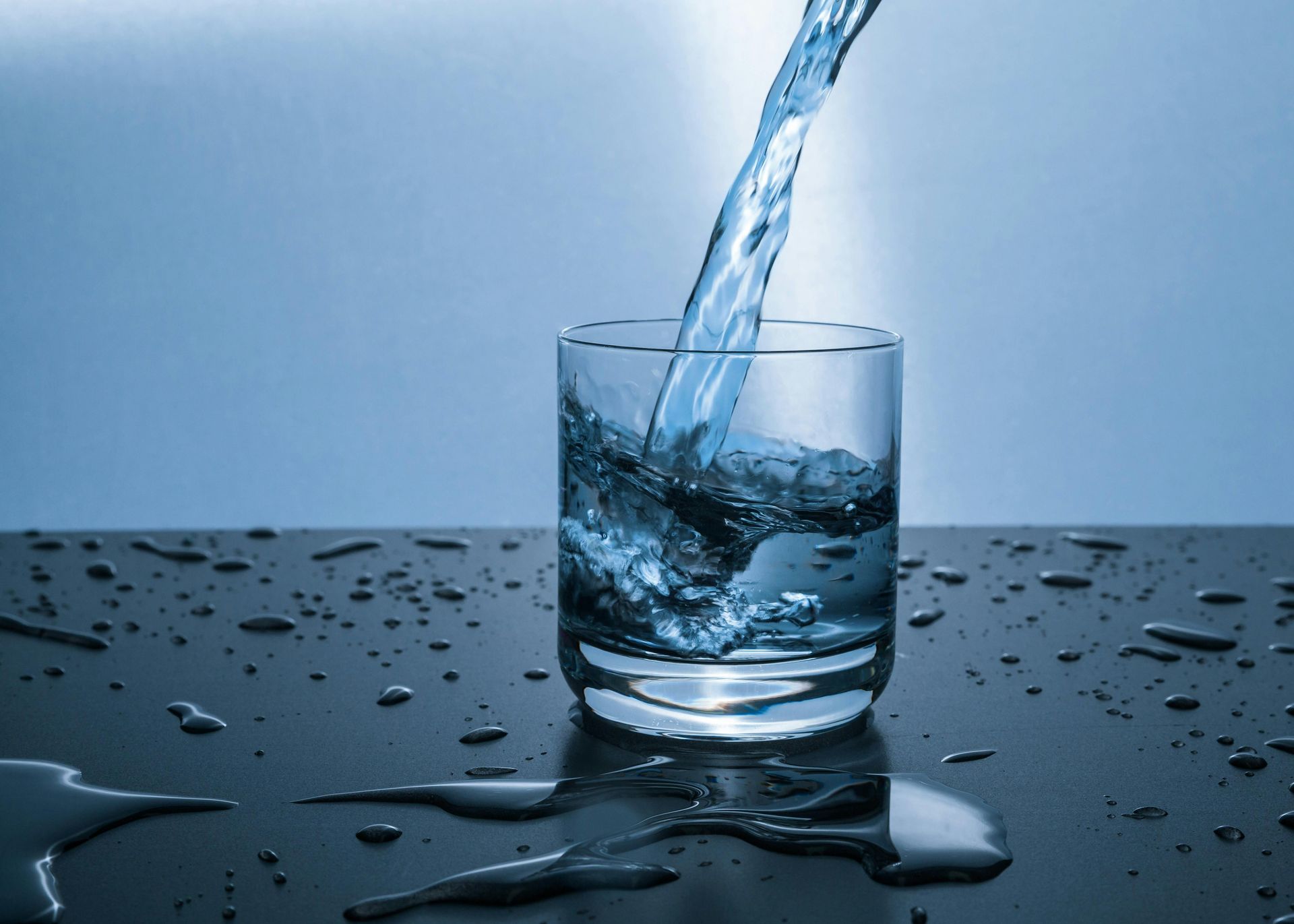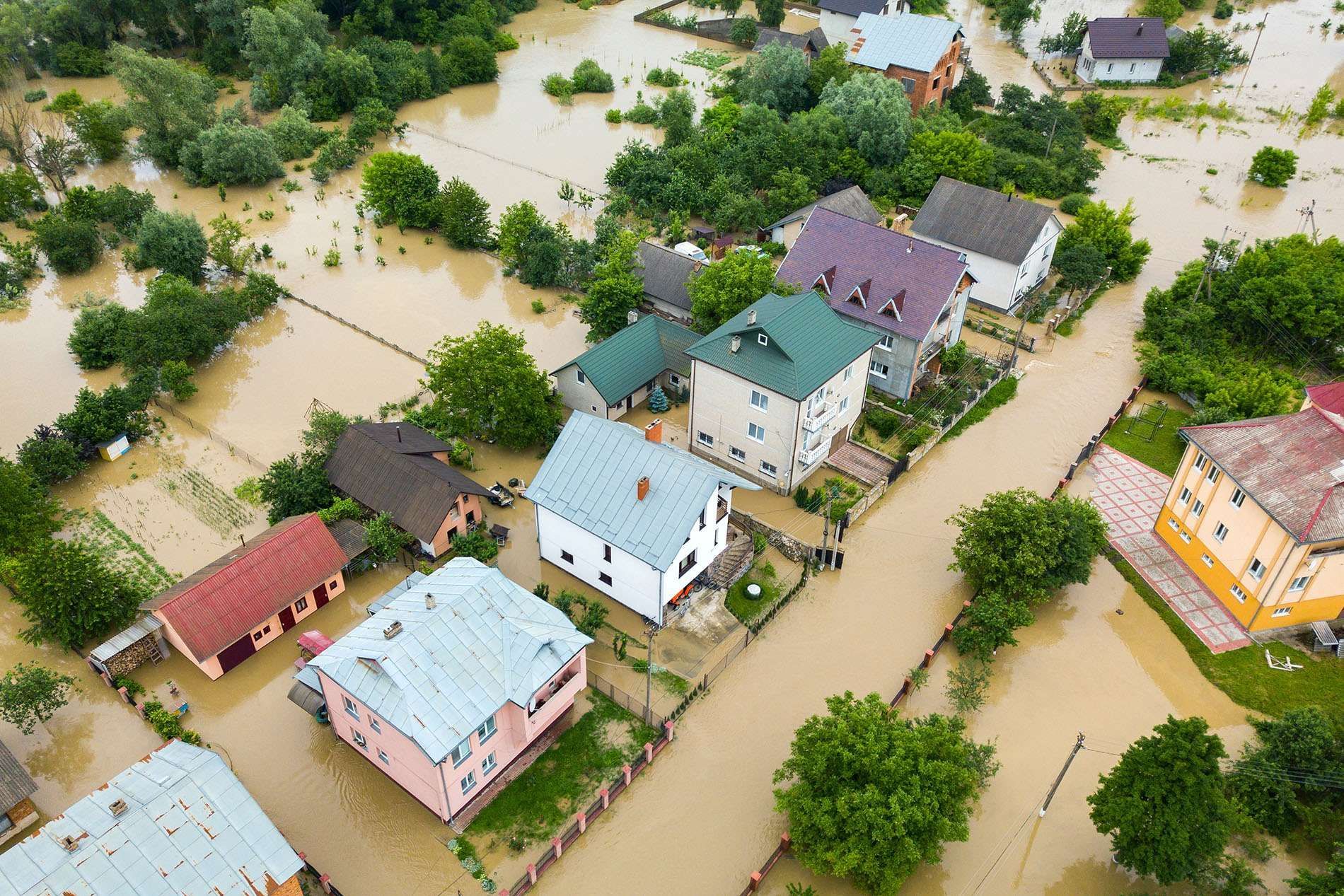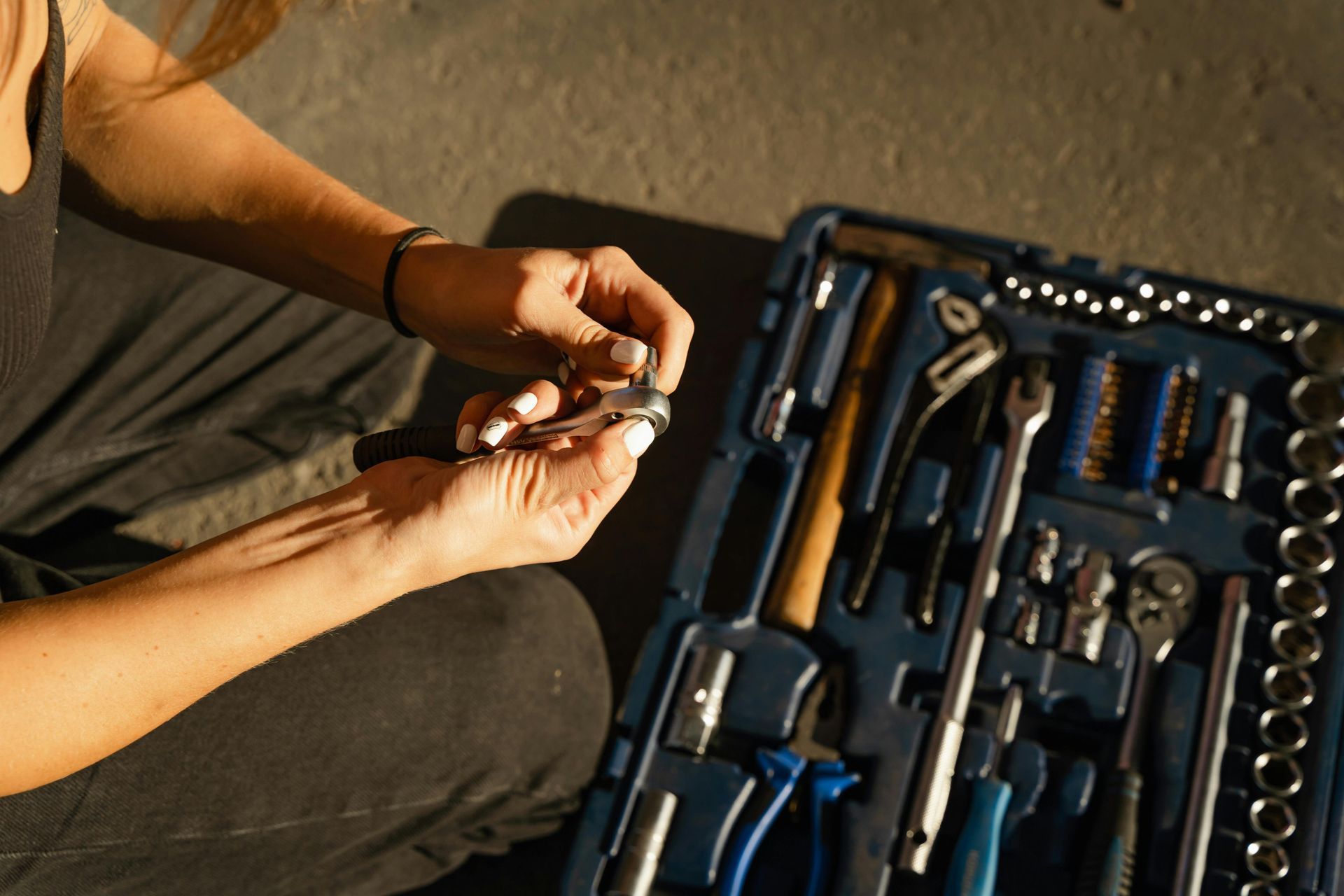Why You Should Consider an Expansion Tank for Your Home
As modern plumbing systems evolve, so do the measures to protect them from wear, tear, and pressure-related issues. One of the most underrated yet essential components of a well-functioning plumbing system is the expansion tank. Designed to absorb excess pressure caused by thermal expansion in water heaters, expansion tanks play a critical role in safeguarding your home’s plumbing and ensuring its longevity.
In this guide, we’ll explore what an expansion tank is, how it works, its benefits, and why it’s a worthwhile investment for your home.
How to Test if Your Expansion Tank Is Working Properly
What Is an Expansion Tank?
An expansion tank is a small tank installed on your water heater system. It’s divided into two chambers:
Water Chamber: Connects directly to your plumbing system.
Air Chamber: Equipped with a bladder or diaphragm to compress air and absorb excess pressure.
When water is heated, it expands—a phenomenon known as thermal expansion. Without an expansion tank, this pressure builds up in your plumbing, potentially damaging pipes, fixtures, and the water heater itself.
How Does an Expansion Tank Work?
When water heats and expands, the pressure increases in a closed plumbing system. The expansion tank acts as a cushion:
Absorbing Pressure: The excess water flows into the expansion tank, where the air chamber compresses to absorb the additional force.
Preventing Damage: By managing pressure spikes, the tank reduces strain on your pipes, valves, and appliances.
The Benefits of Installing an Expansion Tank
1. Prevents Plumbing System Damage
Without an expansion tank, the constant pressure from thermal expansion can weaken pipes, valves, and joints over time. This can lead to leaks, bursts, or costly repairs.
2. Extends the Lifespan of Your Water Heater
Excess pressure can cause premature wear and tear on your water heater. An expansion tank alleviates this stress, helping your water heater last longer.
3. Improves Water Pressure Stability
Fluctuating water pressure can lead to inconsistent flow from taps and showers. An expansion tank stabilizes the system, providing a steady, reliable water pressure.
4. Protects Your Fixtures and Appliances
Dishwashers, washing machines, and other water-using appliances are sensitive to pressure fluctuations. An expansion tank minimizes these fluctuations, protecting your appliances from damage.
5. Ensures Compliance with Plumbing Codes
In many areas, local building codes require the installation of an expansion tank in closed water systems. Installing one ensures you meet regulatory requirements and avoid potential fines.
Do You Need an Expansion Tank?
1. Closed Water Systems
If your home has a closed water system, where water flow is restricted by a check valve or pressure-reducing valve, an expansion tank is essential to prevent pressure buildup.
2. Frequent Pressure Relief Valve Discharges
If your water heater’s pressure relief valve frequently releases water, it’s a sign of excess pressure. An expansion tank can resolve this issue.
3. High Water Pressure
Homes with consistently high water pressure (above 80 psi) benefit greatly from an expansion tank, as it helps manage the added strain on your plumbing.
How to Install an Expansion Tank
Step 1: Choose the Right Size
The size of the expansion tank depends on your water heater’s capacity and system pressure. Consult with a professional or refer to manufacturer guidelines to select the appropriate tank.
Step 2: Locate the Installation Point
The tank is typically installed on the cold water supply line near the water heater.
Step 3: Shut Off the Water Supply
Turn off the main water supply and drain the system to prevent water spillage during installation.
Step 4: Install the Tank
Wrap the threaded connection with Teflon tape to prevent leaks.
Attach the tank securely to the water line using a wrench.
Step 5: Test the System
Turn the water supply back on and check for leaks or pressure inconsistencies.
DIY vs. Professional Installation
While installing an expansion tank can be a DIY project for those with plumbing experience, hiring a professional is often the safer choice. Professionals can:
Ensure proper sizing and placement.
Adjust the pressure settings for optimal performance.
Guarantee compliance with local plumbing codes.
Common Misconceptions About Expansion Tanks
1. They’re Only Necessary for Large Homes
Even small homes with modern water heaters can benefit from an expansion tank, especially in closed systems.
2. They’re Expensive
Expansion tanks are relatively affordable, with most models costing between $50 and $200, excluding installation. The long-term savings on repairs make them a cost-effective investment.
3. They Don’t Require Maintenance
While expansion tanks are low-maintenance, periodic inspections and pressure adjustments ensure they function properly.
How to Maintain Your Expansion Tank
Check the Air Pressure: Use a pressure gauge to ensure the air pressure matches your plumbing system’s pressure.
Inspect for Leaks: Look for any signs of water leaks or corrosion on the tank.
Clean the Connections: Remove any debris or mineral buildup around the tank connections.
Schedule Annual Inspections: Have a professional inspect your system annually to catch potential issues early.
Conclusion
An expansion tank is a small but mighty addition to your home’s plumbing system. By managing the pressure from thermal expansion, it protects your pipes, appliances, and water heater from unnecessary wear and tear. Whether you’re looking to extend the lifespan of your plumbing or ensure compliance with local codes, installing an expansion tank is a smart investment.
If you’re unsure whether your home needs an expansion tank, consult with a licensed plumber who can assess your system and recommend the best solution.











